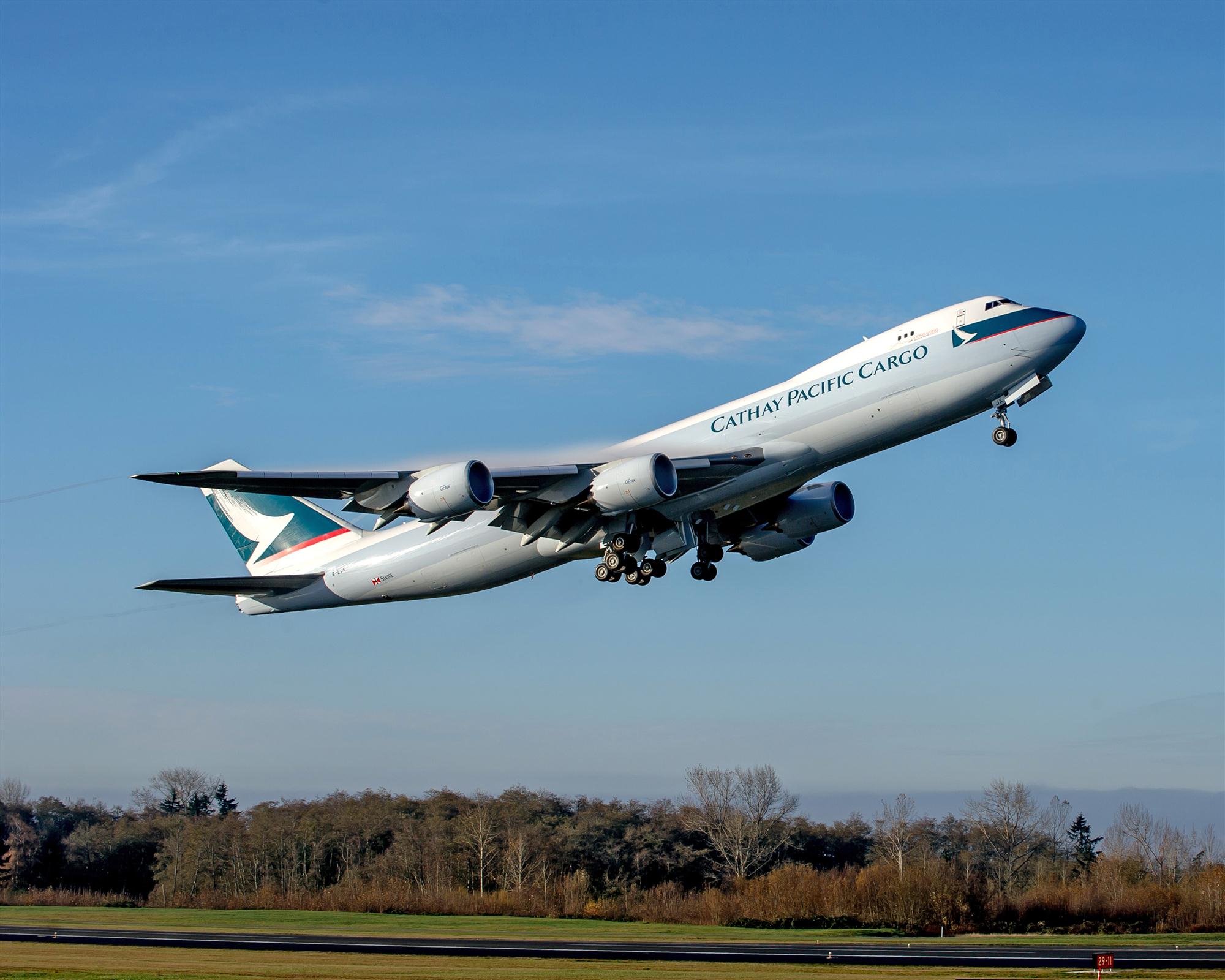The ripples from the tectonic shifts in sea freight capacity on the Europe-Asia lanes have crossed over to the air cargo sector, prompting a scramble for lift amid rising prices. On the maritime side, their momentum may carry as far as June.
Faced with a lasting shortage of capacity on container lines from Europe to Asia, a growing number of shippers and forwarders felt compelled to move their traffic to air freight, which has also experienced a lack of available space to cope with the rise in volume.
“Due to the bankruptcy of Hanjin and the disastrous capacity situation in sea freight, many customers have moved their ocean cargo to air freight, and now we are having space problems here as well,” reported Stephan Haltmayer, managing director of forwarder Quick Cargo Service.
“We have space allotments, but these are not enough,” he added.

Flights from Europe to Asia have been loaded to the rafters. Cathay Pacific recorded load factors of 99% and 100% on eastbound freighter departures.
Timo Stroh, head of the worldwide air freight product at Dachser, confirmed that the reduction in sea freight capacity has caused a modal shift to air, which has been most pronounced on the routes to Asia. The increased demand for lift has led to a rise in air freight rates as well as a shift to higher priced services in order to secure capacity, he reported.
In some cases, that has even prompted air freight charters to Asia, he added.
According to some airlines, volumes have also increased on outbound sectors from Asia both to Europe and North America, but the eastbound routes from Europe have seen the most pronounced rise in demand, prompting a scramble for capacity, which has allowed carriers to jack up their pricing. Spot rates to Asia have climbed 20-30%, one forwarder stated.
Shipping lines have blamed the tight capacity situation in the maritime sector on unusually high demand for space. Hapag-Lloyd cited an abnormal spike in volume for the space crunch. However, shippers and forwarders attribute the situation to the cancellation of many sailings and to the reorganization of the alliance landscape among the container lines. The European Shippers Council, which has argued along these lines, has called for regulators to recognize that “three major alliances control close to 90% of the capacity on the major trades.” While the lines are not violating regulations, the situation has been hugely disruptive to shippers, the organization claimed, citing rate hikes of up to 45% as well as breach of contractual obligations by some lines.
In addition to the tight situation on the water, a general rise in traffic appears to have contributed to the capacity crunch in air freight. Sebastiaan Scholte, CEO of Jan de Rijk Logistics, a provider of transportation and distribution services that runs road feeder services for a number of air freight clients, pointed to increased volumes in recent months, with double-digit increases out of China, South Korea and Taiwan. Lower unemployment figures in Europe and North America and new gadgets from the likes of LG, Samsung and Apple have contributed to this trend, he said.
“There are no red flags yet in the short term and despite protectionist measures that will affect trade and therefore air cargo in the long term, the outlook on the short term remains positive,” Scholte said.
It is unclear how long capacity will remain tight. “How long this situation will continue is very difficult to judge at the moment,” Stroh said.
According to one report, one shipper of outsize cargo was told by a shipping line in early April that it would not be able to move his traffic before late May or early June.
By Ian Putzger
Air Freight Correspondent | Toronto



